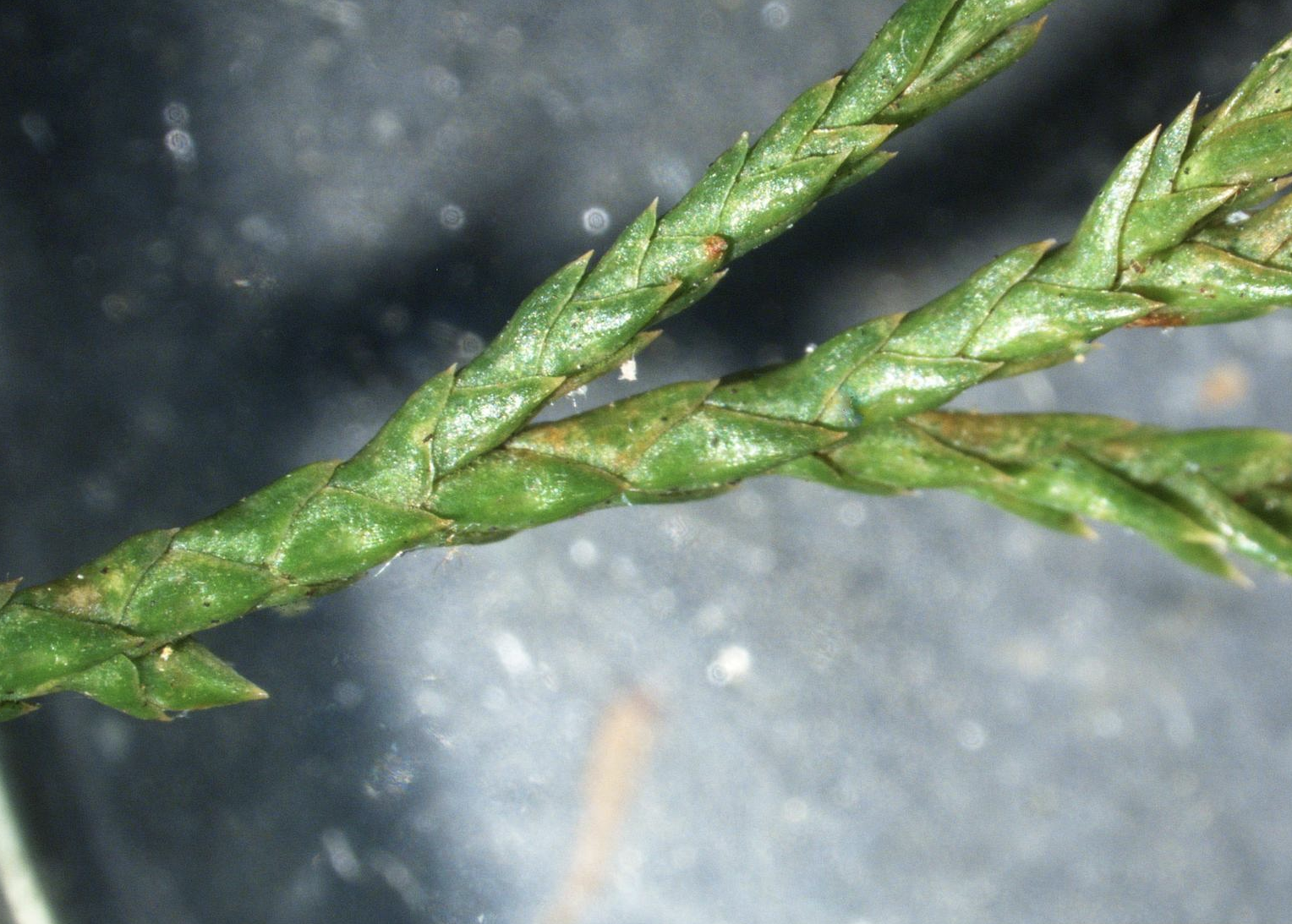
See all posts by this author
Juniper spider mites can cause significant damage to junipers by feeding on the plant’s sap, leading to a stippled or bronzed appearance of the foliage.
Of course, prevention and treatment for spider mites is included in a Plant Health Care subscription from Arborscapes. (As are myriad other pests and diseases) If you would like to become a part of our Plant Health Care program, reach out to Arborscapes today! Your living landscape will be the envy of the entire neighborhood!
Here’s a comprehensive guide on managing and treating juniper spider mites:
Cultural and Physical Controls:
- Water Sprays: A strong spray of water can dislodge spider mites from the plant, reducing their numbers. Do this early in the morning for several days consecutively, especially focusing on the undersides of leaves where mites congregate.
- Optimal Care: Ensuring your junipers are well-watered and not stressed can make them less attractive to spider mites. Dry, dusty conditions can encourage spider mite outbreaks.
- Predator Habitat: Avoid using broad-spectrum insecticides that can kill beneficial insects. Encouraging natural predators can help keep spider mite populations in check.
Biological Control:
- Predatory Mites: There are several species of predatory mites, such as Phytoseiulus persimilis and Neoseiulus californicus, that feed on spider mites. These can be purchased from commercial suppliers and released into your garden or landscape.
- Other Predators: Lady beetles, lacewings, and predatory thrips also feed on spider mites. These beneficial insects can be encouraged or introduced to manage spider mite populations.
Chemical Control:
- Horticultural Oils: Oils, such as neem oil or other light horticultural oils, can smother spider mites. Ensure you cover all parts of the plant, particularly the underside of leaves.
- Insecticidal Soaps: Insecticidal soaps can effectively control spider mites by breaking down their outer shells. They need to come into direct contact with the mites to be effective.
- Miticides: If infestations are severe, you might consider miticides specifically designed to tackle spider mites. Examples include products containing abamectin, hexythiazox, or spiromesifen. Always follow label instructions.
Sanitation:
- Prune and Destroy: Remove heavily infested branches or plant parts and dispose of them properly to reduce the mite population and prevent further spread.
- Reduce Dust: Dust can encourage spider mite proliferation. If your junipers are near a pathway or driveway, regularly wetting down or sweeping the area can help reduce dust and spider mite activity.
Monitoring:
- Regularly inspect your junipers, especially during dry and hot conditions, which are conducive to spider mite outbreaks. Using a magnifying glass can help spot the tiny mites and their eggs.
- Hold a white piece of paper beneath branches and tap them gently. Spider mites will fall onto the paper, where they can be easily spotted as tiny moving dots.
When using chemical controls, always consider potential impacts on beneficial insects. Avoiding or minimizing the use of broad-spectrum insecticides can help protect these helpful insects. A multi-pronged approach, combining preventive measures with targeted treatments, is the most effective strategy for managing spider mites on junipers.
And if all of this sounds like too much work, contact Arborscapes to subscribe to our Plant Health Care program, and we will take care of this, other pests, fertilization and health concerns for your living landscape!
Photo courtesy of Eric R. Day, Virginia Polytechnic Institute and State University, Bugwood.org
See all posts by this author
